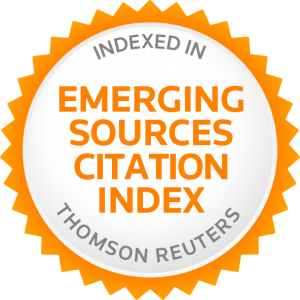THE WORDS-AND-RULES THEORY: EVIDENCE FROM CHINESE MORPHOLOGY
Yuanjian He
Chinese OVS compounds are generated by morphological rules, whereas VOS compounds are far less homogenous. The VO part is a root word if the V and O are monosyllabic, or a VP if the V and/or O are disyllabic. In the former case, the syllable count may have conditioned a pattern-associated memory that has transformed a VP into a root. In the latter case a lexico-syntactic compound has been created. These findings are in agreement with the principle of memory vs. symbol-processing proposed by Pinker (1999) and provide proof that the principle works in more areas than inflectional morphology and may indeed be universal.



